Helen Killer
 You know the prologue. Contracting an illness (possibly scarlet fever or meningitis) at the age of nineteen months, Helen Adams Keller survived, but was left both deaf and blind. Keller’s parents would eventually contact Anne Sullivan, herself blind, to tutor their daughter (who, at the age of six, still had not grasped the concept of words representing things). By pressing her hand into the girl’s palm, Sullivan was able to teach the girl to read sign language through touch. After that breakthrough, Helen Keller went on to write twelve books, meet thirteen U.S. Presidents, help found the American Civil Liberties Union, and introduce the Akita breed of dog to the United States.
You know the prologue. Contracting an illness (possibly scarlet fever or meningitis) at the age of nineteen months, Helen Adams Keller survived, but was left both deaf and blind. Keller’s parents would eventually contact Anne Sullivan, herself blind, to tutor their daughter (who, at the age of six, still had not grasped the concept of words representing things). By pressing her hand into the girl’s palm, Sullivan was able to teach the girl to read sign language through touch. After that breakthrough, Helen Keller went on to write twelve books, meet thirteen U.S. Presidents, help found the American Civil Liberties Union, and introduce the Akita breed of dog to the United States.
Wow.
So when Andrew Kreisberg decided to write about the further adventures of Helen Keller, he had his work cut out for him, since Keller’s real life adventures would certainly put any fiction to shame. What he opted for is a crazy mash-up of Daredevil and steampunk that somehow manages to remain consistently respectful to the real-life men and women upon whom the characters are based. The basic premise is that Alexander Graham Bell (who in real life had indirectly referred the Kellers to Anne Sullivan in the first place) has developed a pair of miracle eyeglasses called an omnicle. When Keller wears the omnicle, the device hotwires through her dead nerve endings and allows her to both see and hear. Further, the omnicle allows her to see into the auras of those around her, revealing their spiritual purity or corruption. Unfortunately, the omnicle also reconnects her with the long-supressed rage she felt when living in quiet darkness. This rage manifests as increased agility, accelerated healing, and a desire to kill. Of course, someone has the idea of hiring Helen Keller as a federal agent to protect the life of President William McKinley. Things go wrong.
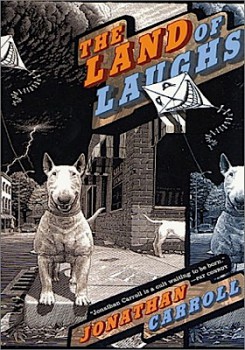 To start, this is the debut novel from my favorite author, Jonathan Carroll. First published in 1980, The Land of Laughs has enjoyed a sporadic publication history (like most of Carroll’s books), going in and out of print. Unlike a lot of debut novels, the themes and voice found in his later books is already present and strong, making this an excellent place to start if you’ve never read anything by him.
To start, this is the debut novel from my favorite author, Jonathan Carroll. First published in 1980, The Land of Laughs has enjoyed a sporadic publication history (like most of Carroll’s books), going in and out of print. Unlike a lot of debut novels, the themes and voice found in his later books is already present and strong, making this an excellent place to start if you’ve never read anything by him.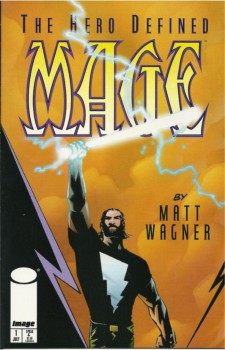 Matt Wagner began writing and illustrating the first Mage series in 1984 at the age of twenty-two. At the time, he was a relatively unknown creator struggling both to find his voice and make a place for himself in the comics industry. His subsequent work on Grendel and Sandman Mystery Theatre had garnered many awards and critical acclaim; but in interviews there was always the obligatory question of “When are you going back to Mage?”
Matt Wagner began writing and illustrating the first Mage series in 1984 at the age of twenty-two. At the time, he was a relatively unknown creator struggling both to find his voice and make a place for himself in the comics industry. His subsequent work on Grendel and Sandman Mystery Theatre had garnered many awards and critical acclaim; but in interviews there was always the obligatory question of “When are you going back to Mage?”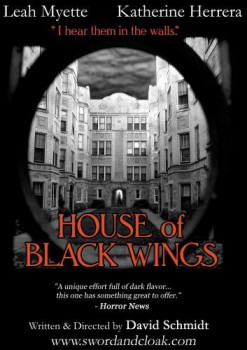 Make a list of the ten best horror movies of all time (or the hundred best horror movies of all time) (or the thousand best horror movies of all time) and at least half those titles will be low-budget, independent films. There’s a reason for that.
Make a list of the ten best horror movies of all time (or the hundred best horror movies of all time) (or the thousand best horror movies of all time) and at least half those titles will be low-budget, independent films. There’s a reason for that.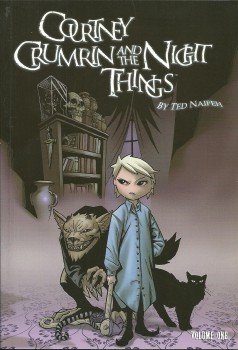 Be honest. If you had magical powers when you were a teenager, what would you have done? How long would you have walked the path of righteousness before cursing the school bullies? Before casting a spell to make yourself popular? Before just flat-out killing bad people? Would you have made friends with elves … or goblins?
Be honest. If you had magical powers when you were a teenager, what would you have done? How long would you have walked the path of righteousness before cursing the school bullies? Before casting a spell to make yourself popular? Before just flat-out killing bad people? Would you have made friends with elves … or goblins? The premise of this podcast series is that tourists came from as far as the Faerie Kingdom and Hell to visit the 1893 Chicago World’s Fair and, once it was over, decided to stay. These sub-cultures continued to co-exist with every other immigrant community in Chicago, integrating just enough to go unnoticed by most people. The Burnham Society was established to intervene in those situations where the sub-cultures don’t peacefully co-exist. The organization is perpetually trying to maintain its lofty goals while dealing with petty day-to-day politics (much like its namesake, architect Daniel Burnham).
The premise of this podcast series is that tourists came from as far as the Faerie Kingdom and Hell to visit the 1893 Chicago World’s Fair and, once it was over, decided to stay. These sub-cultures continued to co-exist with every other immigrant community in Chicago, integrating just enough to go unnoticed by most people. The Burnham Society was established to intervene in those situations where the sub-cultures don’t peacefully co-exist. The organization is perpetually trying to maintain its lofty goals while dealing with petty day-to-day politics (much like its namesake, architect Daniel Burnham).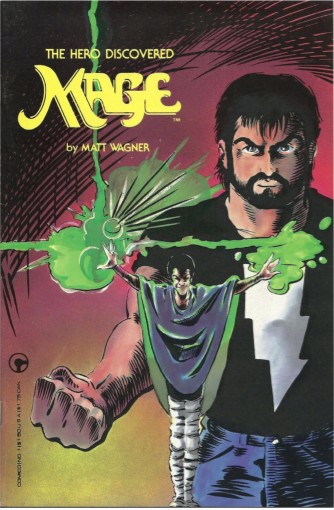 It’s nothing new: taking old mythic tropes and adapting them to modern-age stories. The social commentary thinly-veiled as mysticism, the peek-a-boo mythology references, the obligatory explanation for why most people in our modern times don’t notice magic, the unassuming youth who will one day become a great hero … we’ve all read them. he secret is in the execution. How well is this ancient story re-told? How compelling are the characters? Are the truths revealed deep or trite?
It’s nothing new: taking old mythic tropes and adapting them to modern-age stories. The social commentary thinly-veiled as mysticism, the peek-a-boo mythology references, the obligatory explanation for why most people in our modern times don’t notice magic, the unassuming youth who will one day become a great hero … we’ve all read them. he secret is in the execution. How well is this ancient story re-told? How compelling are the characters? Are the truths revealed deep or trite?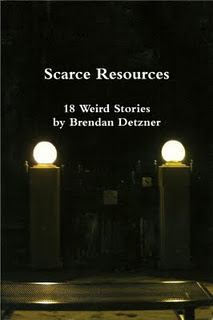 Scarce Resources, by Brendan Detzner
Scarce Resources, by Brendan Detzner